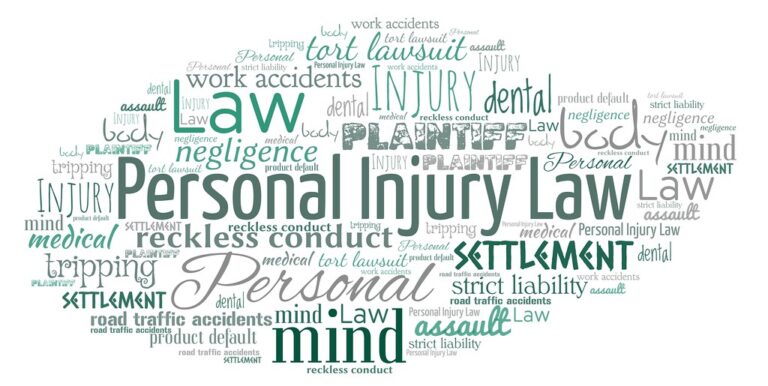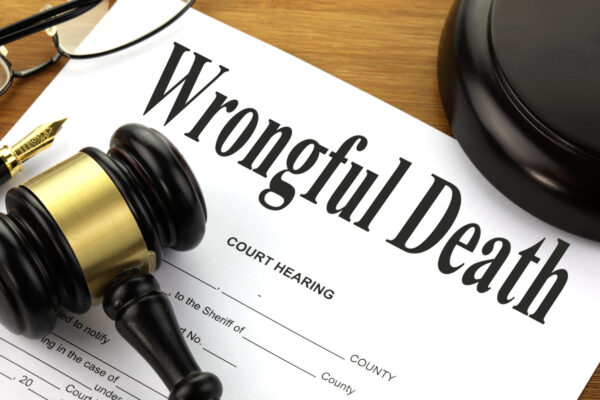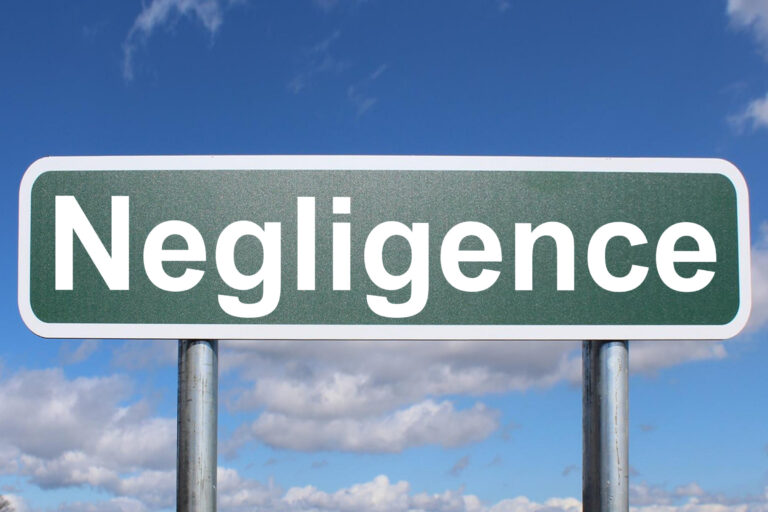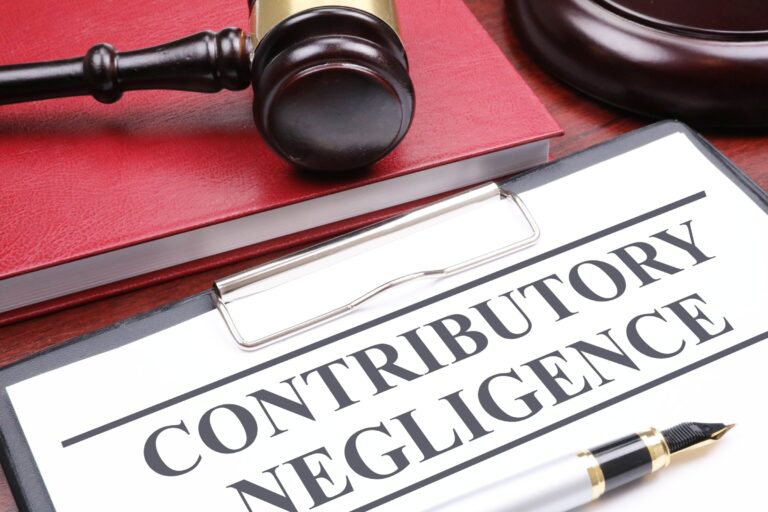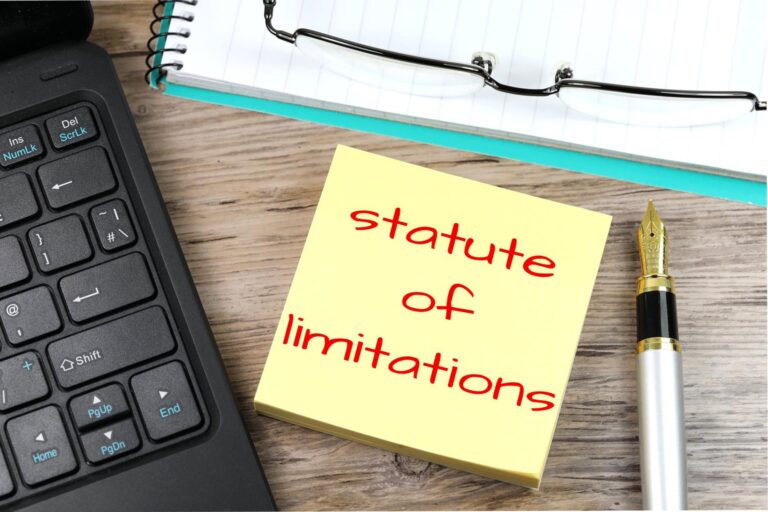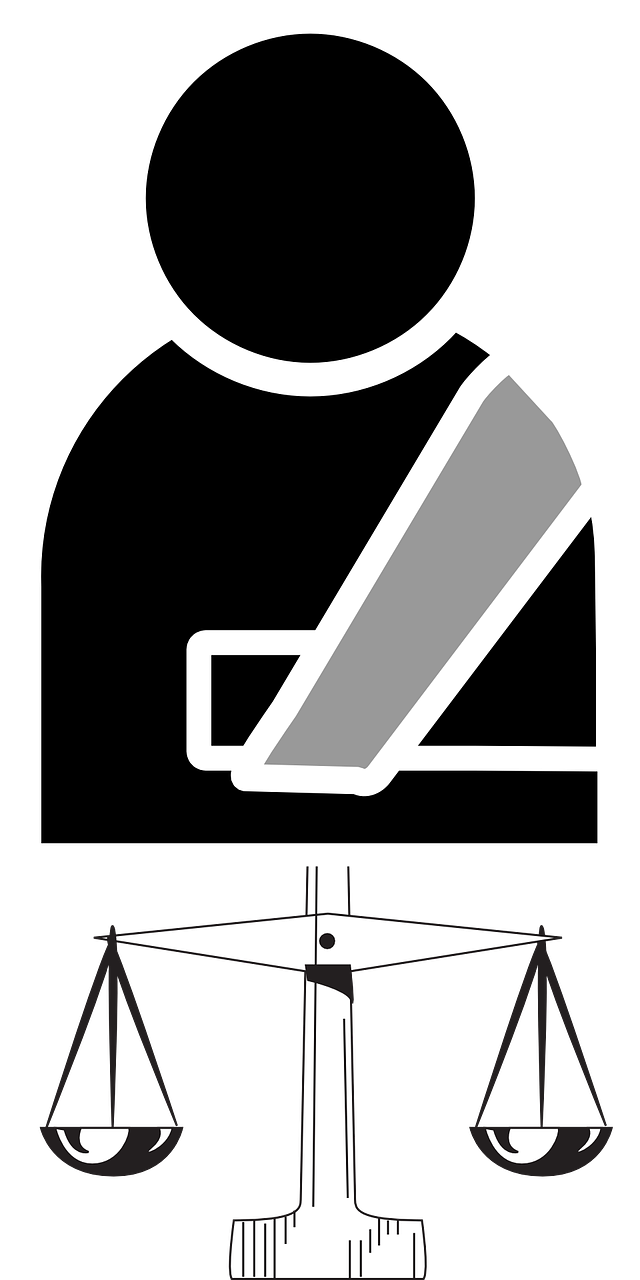Introduction
Definition of negligence
Negligence is a legal concept that refers to the failure to exercise reasonable care, resulting in harm or injury to another person. In a personal injury case, proving negligence is crucial in order to hold the responsible party accountable for their actions. To establish negligence, it must be shown that the defendant had a duty of care towards the plaintiff, breached that duty, and that the breach directly caused the plaintiff’s injuries. This can be done by presenting evidence such as eyewitness testimonies, expert opinions, and documentation of the incident. Proving negligence requires a thorough understanding of the legal principles and a strong presentation of evidence to support the claim.
Importance of proving negligence
Proving negligence is crucial in a personal injury case as it forms the foundation of the plaintiff’s claim. By establishing negligence, the plaintiff can demonstrate that the defendant failed to exercise reasonable care, resulting in the injury or harm suffered. This proof is essential for the plaintiff to hold the defendant accountable and seek compensation for their damages. Without proving negligence, it becomes challenging to establish liability and obtain a favorable outcome in a personal injury case. Therefore, understanding the importance of proving negligence is vital for both the plaintiff and their legal representation.
Overview of personal injury cases
In personal injury cases, the burden of proof lies with the plaintiff, who must demonstrate that the defendant was negligent and that this negligence directly caused their injuries. Negligence refers to the failure to exercise reasonable care, resulting in harm to another person. To prove negligence, the plaintiff must establish four elements: duty, breach of duty, causation, and damages. Duty refers to the legal obligation of the defendant to act with reasonable care towards others. Breach of duty occurs when the defendant fails to fulfill this obligation. Causation requires showing that the defendant’s breach of duty directly caused the plaintiff’s injuries. Finally, damages refer to the harm or losses suffered by the plaintiff as a result of the defendant’s negligence. Proving negligence in a personal injury case can be complex, requiring evidence, expert testimony, and legal arguments to support the plaintiff’s claims.
Elements of Negligence

Duty of care
The duty of care is a fundamental concept in personal injury law. It refers to the legal obligation of individuals or organizations to act in a way that avoids causing harm to others. In a personal injury case, the plaintiff must prove that the defendant had a duty of care towards them. This duty of care can vary depending on the circumstances and the relationship between the parties involved. For example, a doctor has a higher duty of care towards their patients compared to a regular person. To prove negligence in a personal injury case, the plaintiff must demonstrate that the defendant breached their duty of care, resulting in the plaintiff’s injuries or damages.
Breach of duty
In a personal injury case, one of the key elements that needs to be proven is a breach of duty. This refers to the failure of the defendant to fulfill their legal obligation towards the plaintiff. To establish a breach of duty, the plaintiff must show that the defendant did not act with the level of care that a reasonable person would have exercised in the same situation. This can be demonstrated by providing evidence of the defendant’s actions or lack thereof that directly led to the plaintiff’s injuries. It is important to note that the specific standard of care may vary depending on the circumstances of the case, such as the nature of the relationship between the parties involved and the industry standards applicable. Proving a breach of duty is crucial in establishing negligence and holding the defendant accountable for the injuries caused.
Causation
Causation is a crucial element in proving negligence in a personal injury case. In order to establish causation, the plaintiff must demonstrate that the defendant’s actions or omissions directly led to the injuries sustained. This requires showing a clear link between the defendant’s negligence and the harm suffered by the plaintiff. It is not enough to merely show that the defendant was negligent; the plaintiff must also prove that this negligence was the cause of their injuries. This can be done through presenting evidence such as medical records, expert testimony, and eyewitness accounts to establish a causal connection. Without establishing causation, a personal injury claim may not be successful.
Gathering Evidence

Medical records
Medical records play a crucial role in proving negligence in a personal injury case. These records provide a detailed account of the plaintiff’s medical history, including any pre-existing conditions or injuries. They also document the extent of the injuries suffered as a result of the defendant’s negligence. By presenting these records as evidence, the plaintiff can demonstrate the direct link between the defendant’s actions and the harm caused. Additionally, medical records can help establish the severity of the injuries and the necessary medical treatment, which can impact the amount of compensation sought. Therefore, obtaining and carefully reviewing medical records is essential in building a strong case for negligence in a personal injury lawsuit.
Eyewitness testimonies
Eyewitness testimonies play a crucial role in proving negligence in a personal injury case. When there are no other forms of concrete evidence, such as surveillance footage or expert opinions, eyewitness testimonies can provide valuable insights into the events leading up to the accident. These testimonies are given by individuals who have directly witnessed the incident and can provide detailed accounts of what they saw and heard. Their credibility and reliability are essential factors that can greatly impact the outcome of a personal injury case. Eyewitness testimonies can help establish the negligence of the responsible party and strengthen the victim’s claim for compensation.
Expert opinions
Expert opinions play a crucial role in proving negligence in a personal injury case. These opinions are provided by professionals who have extensive knowledge and experience in the relevant field. Their expertise helps to establish the standard of care expected in a particular situation and whether the defendant’s actions fell below that standard. Expert opinions can provide valuable insights into the causation of the injury, the extent of damages suffered, and the long-term impact on the victim’s life. Judges and juries often rely on these opinions to make informed decisions and determine the liability of the responsible party. Therefore, obtaining strong expert opinions is essential in building a solid case for negligence in a personal injury lawsuit.
Proving Breach of Duty

Standard of care
The standard of care is a crucial element in proving negligence in a personal injury case. It refers to the level of care that a reasonable person would exercise in a similar situation. In order to establish negligence, the plaintiff must demonstrate that the defendant failed to meet this standard of care. This can be done by showing that the defendant’s actions or omissions fell below what a reasonable person would have done, resulting in harm or injury to the plaintiff. The standard of care may vary depending on the circumstances of the case, such as the nature of the injury, the relationship between the parties involved, and any applicable industry standards or regulations. Ultimately, the determination of whether the defendant breached the standard of care is a question for the jury or judge to decide based on the evidence presented.
Comparative negligence
Comparative negligence is a legal concept that comes into play in personal injury cases. It refers to the idea that the plaintiff’s own negligence may reduce the amount of compensation they can receive. In other words, if the plaintiff is found to be partially at fault for their own injuries, their recovery may be reduced proportionally. Comparative negligence is used in many states to determine the amount of damages that the plaintiff is entitled to. It is important for both plaintiffs and defendants to understand how comparative negligence works, as it can significantly impact the outcome of a personal injury case.
Res ipsa loquitur
Res ipsa loquitur is a Latin phrase that translates to ‘the thing speaks for itself’. It is a legal doctrine that allows a plaintiff to establish a presumption of negligence without direct evidence. In a personal injury case, res ipsa loquitur can be invoked when the defendant had exclusive control over the situation, the accident would not have occurred in the absence of negligence, and the plaintiff did not contribute to the accident. By invoking res ipsa loquitur, the plaintiff can shift the burden of proof to the defendant, who must then provide evidence to rebut the presumption of negligence.
Establishing Causation

But-for test
The But-for test is a crucial element in proving negligence in a personal injury case. This test seeks to determine whether the injury would have occurred ‘but for’ the defendant’s negligent actions. In other words, it examines whether the injury would have happened if the defendant had acted reasonably or not. To establish negligence using the But-for test, the plaintiff must demonstrate that the injury would not have happened if it were not for the defendant’s negligence. This test plays a significant role in determining causation and holding the defendant accountable for their actions.
Proximate cause
Proximate cause is a crucial element in proving negligence in a personal injury case. It refers to the legal concept that establishes a connection between the defendant’s actions and the plaintiff’s injuries. In order to establish proximate cause, the plaintiff must demonstrate that the defendant’s negligent behavior was the direct cause of the harm suffered. This requires showing that the harm was a foreseeable consequence of the defendant’s actions. Proving proximate cause can be challenging, as it often involves complex legal analysis and expert testimony. However, it is an essential component in establishing negligence and holding the responsible party accountable for their actions.
Intervening causes
Intervening causes play a crucial role in determining negligence in a personal injury case. These are unforeseen events or actions that occur between the defendant’s alleged negligence and the plaintiff’s injury. In legal terms, an intervening cause breaks the chain of causation and may absolve the defendant of liability. However, not all intervening causes are considered sufficient to relieve the defendant of responsibility. The court will carefully evaluate the nature and foreseeability of the intervening cause to determine its impact on the defendant’s negligence. It is essential for plaintiffs to provide evidence that the defendant’s negligence was a substantial factor in causing their injury, even in the presence of intervening causes.
Damages and Compensation

Types of damages
In a personal injury case, there are various types of damages that a plaintiff may be entitled to. These damages can be categorized into two main categories: economic damages and non-economic damages. Economic damages refer to the financial losses incurred as a result of the injury, such as medical expenses, lost wages, and property damage. Non-economic damages, on the other hand, are intangible losses that are not easily quantifiable, such as pain and suffering, emotional distress, and loss of enjoyment of life. Both types of damages are important to consider when proving negligence in a personal injury case, as they help demonstrate the impact of the injury on the plaintiff’s life.
Calculating compensation
Calculating compensation in a personal injury case is a complex process that requires careful consideration of various factors. One of the key factors is the extent of the injuries suffered by the victim. The severity of the injuries and the impact they have on the victim’s life will play a significant role in determining the compensation amount. Additionally, the financial losses incurred by the victim, such as medical expenses, lost wages, and rehabilitation costs, will also be taken into account. Other factors that may be considered include the emotional distress caused by the accident and the future medical expenses that the victim may incur. It is important to consult with a personal injury lawyer who can help navigate through the intricacies of calculating compensation and ensure that the victim receives fair and just compensation for their injuries and losses.
Punitive damages
Punitive damages are a type of compensation that can be awarded in a personal injury case. Unlike other types of damages, which are intended to compensate the injured party for their losses, punitive damages are meant to punish the defendant for their negligent or intentional actions. These damages are typically awarded in cases where the defendant’s conduct was particularly egregious or reckless. The purpose of punitive damages is to deter others from engaging in similar behavior and to send a message that such actions will not be tolerated. In order to prove entitlement to punitive damages, the injured party must demonstrate that the defendant’s actions were not only negligent, but also showed a conscious disregard for the safety and well-being of others. This can be a challenging task, as it requires presenting clear and convincing evidence of the defendant’s wrongful conduct. However, if successful, the award of punitive damages can significantly increase the overall compensation received by the injured party.
